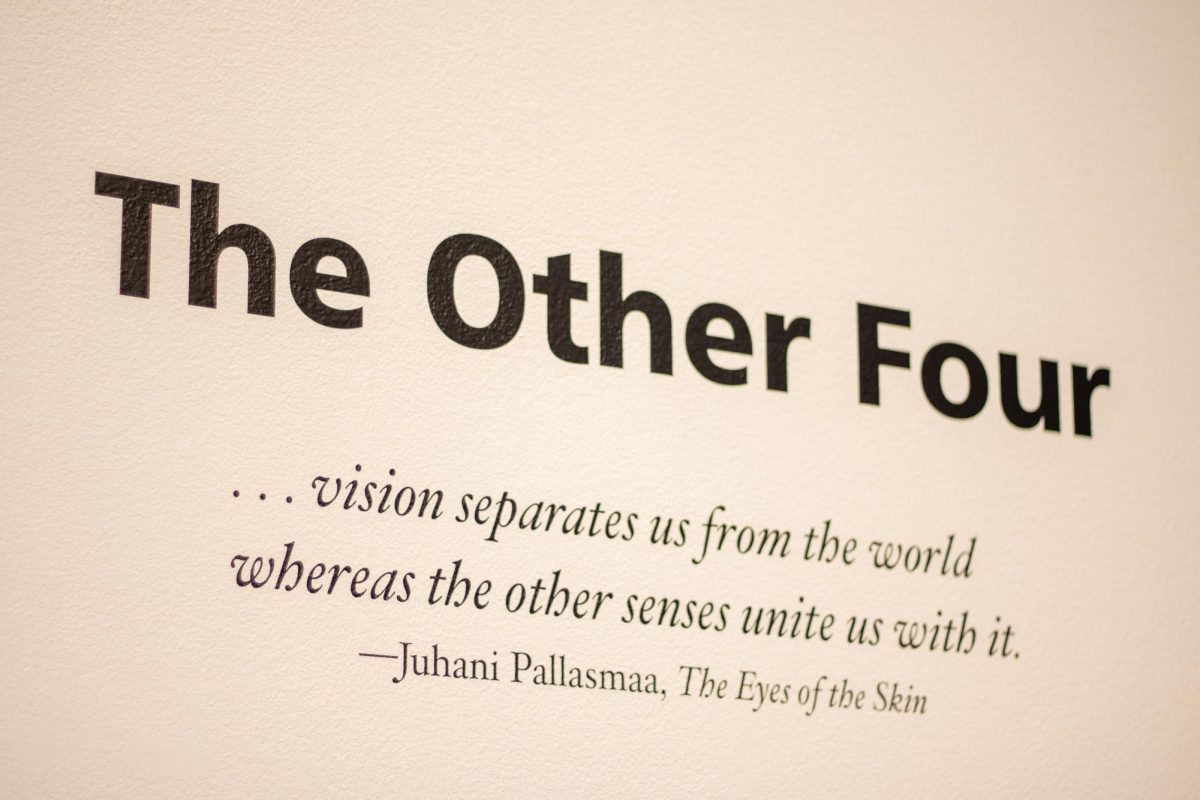You may not notice by looking at his paintings, but Leonardo da Vinci probably didn’t like drawing hair. Most of his portrait sketches are deeply shaded faces that seem to emerge out of another dimension, their hair not quite formed, still in the realm of the pencil and paper, whereas their faces have become something suspiciously real. The contrast between the polished product that is a painting and the intimacy of an artist’s personal sketches creates a mystical insight into creation that The Katherine E. Nash Gallery examines in its latest exhibit, The Process of Drawing.
WHEN: Opens Jan. 22nd
WHERE: The Nash Gallery, 405 21st Ave. S., West Bank
TICKETS: Free
Co-curators Joyce Lyon and Alexis Kuhr came up with the idea for the exhibit when they shared their latest work and realized that they would both become fixated on sketching painstakingly detailed compositions. Together, they sorted through the archived art that no one knows is filling boxes and cabinets in the Weisman, and came up with a selection of drawings that compliment and clash with one another, showing that drawing is more than what Lyon calls “the romantic notion that if you’re going to be an artist you should have been drawing in the womb.”
Her selection is a series of landscapes that she created in order to immortalize the view from her window in Italy. Together, they suggest a passage of time, as some are dense with shadows and others are fair and seemingly overpopulated by sunlight. To her, they capture modernity’s influence on the process of drawing, because in order to draw them she used both her own observations and images she chronicled on her laptop. She believes that technology’s ability to add precision to art is valuable because “when we invent, the images become generalized; I wanted to capture the bizarre ways that landscapes grow.”
Geometric shapes are the territory of Alexis Kuhr’s exhibit. An intimidating amount of lines create triangles whose intricacy recalls the happenstance pattern of a striped animal. The unlikely similarity creates what Kuhr calls a sense of “facsimile” that comes with combining the impure with the pure. Geometric abstractions are the essence of pure form, and Kuhr explains, “I wanted to see what would happen if I were to get rid of what I loved, and had to make do with what was left over.”
A drawing by George Morrison is equally as subtle and striking, hanging at least five feet tall and consisting of chambers of uncountable lines twisted together. There is something oddly digitized about it, like it’s in another language that humans do not have the patience to learn. For that matter, it seems like a piece of art that no human would have the patience to create. It makes you wonder what he did while he drew it. Maybe he listened to jazz, or listened to a girlfriend with too many long stories.
In a self-admitted attempt at bizarre contrast, the curators had placed a drawing by Morrison’s ex-wife, Hazel Belvo, next to it. The image is a chalky, life-size portrayal of a tree that seems to be twisting out of the ground like a screwdriver. It is called “The Witch Tree,” and has colored spots that sit in the branches like fairy lights, and according to the material list, are made out of tobacco juice. Opposite of Morrison’s inhuman drawing, this one seems superhuman, full of a superstitious nature that has been repressed over time.
“Sheet of Studies” by Lovis Corinth is a simple page ripped out of a sketchbook. It contains carefully cross-hatched hands, reaching into undetermined space above a few studies of a bearded face. Kuhr explains that she was attracted to it because “it makes you feel like you’re inside the person’s mind. You see the struggle that was lived out.”
Only the sketch reveals the endeavors that artists go through. The unfinished suggests things about the artist’s attention span and natural fixations that a framed painting may not. Painters layer over their flaws, but sketches capture a limbo land between the mind’s concept and the product on the wall.
















